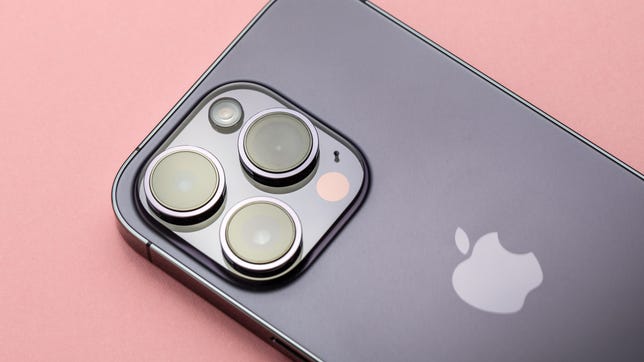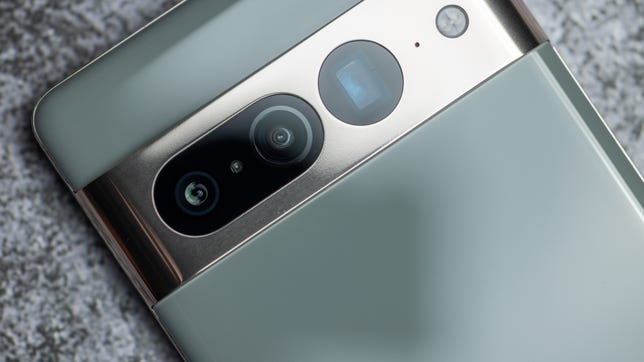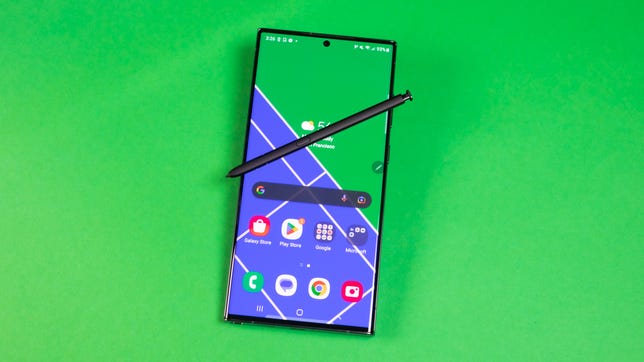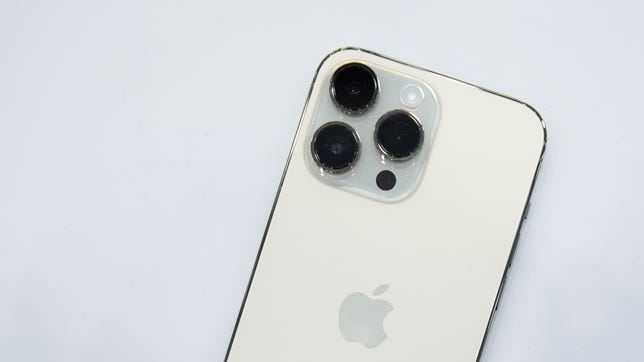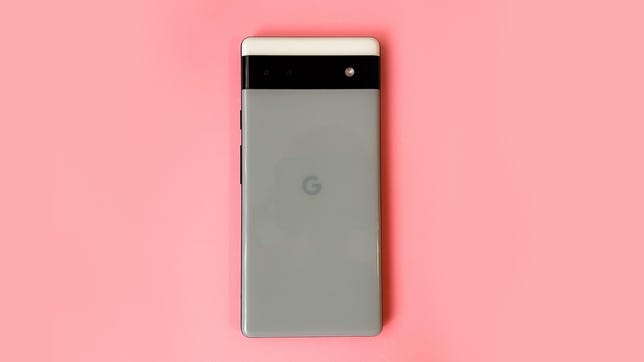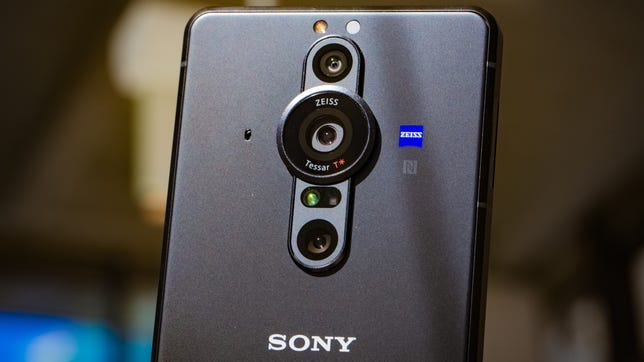Technologies
Best Camera Phone to Buy in 2023
These are the best photo-taking camera phones to buy right now, from Apple, Google, Samsung and more.

The top smartphones you can buy right now in 2023 all have amazing cameras, with companies like Apple, Google and Samsung all packing their best phones with multiple cameras that can take incredible images. But the more camera lenses a phone has doesn’t mean it’s any better at actually taking great-looking shots. Top phones like the iPhone 14 Pro and Pixel 7 Pro also pack bigger image sensors and huge improvements in software for AI-powered computational photography. Then there’s the Samsung Galaxy S23 Ultra‘s camera, which can take some of the best zoom photos it’s possible to get from a phone.
As you read through comparisons of cameras on phones, it’s important to keep in mind that there isn’t a «perfect» phone camera. There are definitely phones that excel at a specific feature when compared with others — the zoom on the Galaxy S23 Ultra, for example — but that might not be a feature worth paying for if you have little interest in zoom photos. And don’t be fooled into thinking that more megapixels in a camera means better photos. We look at how these cameras perform in real-life situations: how they balance exposures, how they handle colors and how easy they are to use.
Read our guide to help find the best phone camera for your needs.
Patrick Holland/CNET
Apple’s iPhone 14 Pro might come with a steep asking price, but it ticks almost every box you could want from a camera setup on a phone. Its main 48-megapixel sensor takes superb images, with crisp details and beautiful, natural colors, its wide-angle lens is one of the best around and it excels at night photos, delivering bright and clear shots when there’s minimal light.
Its 3x zoom lens falls short of rivals like Samsung’s 10x zoom on the Galaxy S22 Ultra, but 3x is still enough to help you find interesting compositions in your landscape or get a slightly more close up photo of a cute dog you found in the park.
Its video skills are superb too, with rock-solid image stabilization, 4K resolutions and Apple ProRes support for those of you wanting to get the absolute best-looking footage when editing in software like Adobe Premiere or DaVinci Resolve.
Stephen Shankland/CNET
Google’s Pixel 7 Pro has impressed us in a number of ways from its slick new design to its extremely user-friendly software. But it’s the camera that’s really stood out, with the Pixel 7 Pro delivering superb shots in a variety of conditions. Its main sensor captures shots with superb dynamic range and vibrant colors while its 5x optical zoom gives extra reach than the iPhone 14 Pro is able to manage.
And while its night mode shots aren’t as good as the iPhone’s, it’s a great camera overall that’ll suit both photography amateurs — and those looking to take more artistic images — well and at a cost that undercuts its rivals.
James Martin/CNET
The Galaxy S23 is a lot, but in a good way. Samsung made improvements to the camera’s resolution (200 megapixels compared to 108 megapixels), color tones and dynamic range, while retaining the impressive 10x optical zoom as its predecessor. There’s also a new Qualcomm Snapdragon 8 Gen 2 processor that’s been optimized specifically for Samsung’s phones, which brings faster performance compared to the Galaxy S22 Ultra.
Starting at $1,200, it may be an understatement to call this phone expensive. But those willing to pay more for a giant screen and a high-quality, versatile camera won’t be disappointed. Read our full review of the Galaxy S23 Ultra.
Patrick Holland/CNET
Apple’s video capture has always been top notch and the iPhone 14 Pro Max keeps that going. The resolution might top out at 4K — rather than 6K or 8K seen on some Android phones — but its overall quality is second to none. Exposure and dynamic range is beautiful, detail is superb and image stabilization has been given a huge boost with the new Action Mode. Then there’s the Cinematic Mode which provides deeper focus control for focus pulling between two characters in a scene.
But it also lets you shoot in Apple’s ProRes video codec. This generates huge video files, but it gives more scope for professionals to add color grades in post production software without sacrificing quality, meaning that the iPhone 14 Pro Max could be a legitimate part of a professional filmmaker’s kitbag. And while the iPhone 14 Pro and Pro Max differ only in size, the extra screen real estate of the Max model will not only help you monitor your footage more easily, but it gives you more to physically hold on to when you’re out and about which could help you keep it more stable while filming.
While Google’s latest Pixel 7 and 7 Pro might steal the headlines with their flashy new design and Tensor G2 processor, the Pixel 6A offers a lot of what Google’s latest Pixel phones have boasted but in a smaller and more affordable package. It has just two rear cameras (a standard zoom and an ultrawide) with both taking great-looking images that look better than almost any other phone at this price — including Samsung’s Galaxy A53.
If photography is critical to you and you want features like long zooms and crystal clear night mode images then you’ll want to splash a bit more cash on the most recent Pixel 7 Pro. But for the money, few other camera phones come close.
Patrick Holland/CNET
Sony’s Xperia Pro-I comes with a pretty lofty price tag but it packs some serious photographic skills for those of you truly focused on your mobile imaging game. It has a huge 1-inch image sensor — the same size seen in Sony’s excellent RX100 line of compact cameras — that lets it capture more light and achieve better dynamic range than many of its rivals.
It’s packed with a variety of manual controls for you to craft your photos as you would with a regular DSLR or mirrorless camera too. It’s a great phone to look towards if you basically want a camera that can make phone calls, but its high price means it’s not the best choice for most people.
More of the best phones
Technologies
The Most Exciting Video Game Rumors and Leaks Ahead of 2026
Technologies
Today’s NYT Mini Crossword Answers for Wednesday, Dec. 17
Here are the answers for The New York Times Mini Crossword for Dec. 17.

Looking for the most recent Mini Crossword answer? Click here for today’s Mini Crossword hints, as well as our daily answers and hints for The New York Times Wordle, Strands, Connections and Connections: Sports Edition puzzles.
Need some help with today’s Mini Crossword? Read on. And if you could use some hints and guidance for daily solving, check out our Mini Crossword tips.
If you’re looking for today’s Wordle, Connections, Connections: Sports Edition and Strands answers, you can visit CNET’s NYT puzzle hints page.
Read more: Tips and Tricks for Solving The New York Times Mini Crossword
Let’s get to those Mini Crossword clues and answers.
Mini across clues and answers
1A clue: Nod (off)
Answer: DOZE
5A clue: Naval submarine in W.W. II
Answer: UBOAT
7A clue: Tricky thing to do on a busy highway
Answer: MERGE
8A clue: Heat-resistant glassware for cooking
Answer: PYREX
9A clue: Put into groups
Answer: SORT
Mini down clues and answers
1D clue: Break up with
Answer: DUMP
2D clue: Falls in line, so to speak
Answer: OBEYS
3D clue: Legendary vigilante who cuts a «Z» with his sword
Answer: ZORRO
4D clue: Rarin’ to go
Answer: EAGER
6D clue: Common reminder for an upcoming appointment
Answer: TEXT
Don’t miss any of our unbiased tech content and lab-based reviews. Add CNET as a preferred Google source.
Technologies
You Can Watch an Exclusive Avatar: Fire and Ash Scene on TikTok Right Now
Disney and TikTok partner on an immersive content hub for James Cameron’s latest movie about the alien Na’vi.
If you’re not quite ready to head to the theater to watch Avatar: Fire and Ash, an exclusive scene preview might sell you on the visual spectacle. As part of a new collaboration with the social media giant, Disney is posting snippets of its new movie to its TikTok account.
This scene isn’t part of any trailer and won’t be posted to other social media accounts, making TikTok the only place you can view it — unless you buy a movie ticket. A first look at the new movie’s scenes isn’t the only Avatar-related bonus on the social media platform right now, either. TikTok has partnered with the house of mouse to bring an entire «immersive content hub» to the app.
A special section of TikTok includes quizzes and educational videos that explore the alien world of Pandora shown off in the movies. On TikTok, you can take a personality quiz to find out what Na’vi clan you most closely align with and unlock a special profile picture border to use on your account.
Science and fiction blend together with a series of videos from real doctors who explain the basis for some of Avatar’s world-building. If you want to learn about exoplanets or how realistic the anatomy of the movie’s alien animals is, these videos will feed your brain while still providing entertainment value.
Perhaps the most enticing part of Disney’s latest social media collaboration is the opportunity for fans to win prizes and trips. TikTok creators who make edits with the #TikTokAvatarContest hashtag are entered into a competition to win Avatar merchandise. The biggest winners will be able to take a trip to visual effects studio Wētā Workshop in New Zealand or visit Avatar director James Cameron’s Lightstorm Entertainment Studio in Los Angeles.
Avatar: Fire and Ash is the third installment in director Cameron’s cinematic passion project. While the first Avatar movie was released in 2009, Cameron didn’t release another entry in the franchise until 2022. In total, there is a five-movie arc planned for the indigo alien Na’vi on the moon of Pandora.
The Avatar movies are known for pushing the boundaries of CGI visual effects in cinema. They are also historically big winners at the box office: the original Avatar is the highest-grossing film of all time, earning $2.9 billion across its theatrical releases. Its sequel, Avatar: The Way of Water, is the third-highest-grossing film of all time, trailing Avengers: Endgame. You can stream those movies on Disney Plus.
It remains to be seen whether Avatar: Fire and Ash will financially live up to its predecessors. The film currently has mixed reviews from critics on Rotten Tomatoes.
-

 Technologies3 года ago
Technologies3 года agoTech Companies Need to Be Held Accountable for Security, Experts Say
-

 Technologies3 года ago
Technologies3 года agoBest Handheld Game Console in 2023
-

 Technologies3 года ago
Technologies3 года agoTighten Up Your VR Game With the Best Head Straps for Quest 2
-

 Technologies4 года ago
Technologies4 года agoBlack Friday 2021: The best deals on TVs, headphones, kitchenware, and more
-

 Technologies4 года ago
Technologies4 года agoVerum, Wickr and Threema: next generation secured messengers
-

 Technologies4 года ago
Technologies4 года agoGoogle to require vaccinations as Silicon Valley rethinks return-to-office policies
-

 Technologies4 года ago
Technologies4 года agoOlivia Harlan Dekker for Verum Messenger
-

 Technologies4 года ago
Technologies4 года agoiPhone 13 event: How to watch Apple’s big announcement tomorrow

